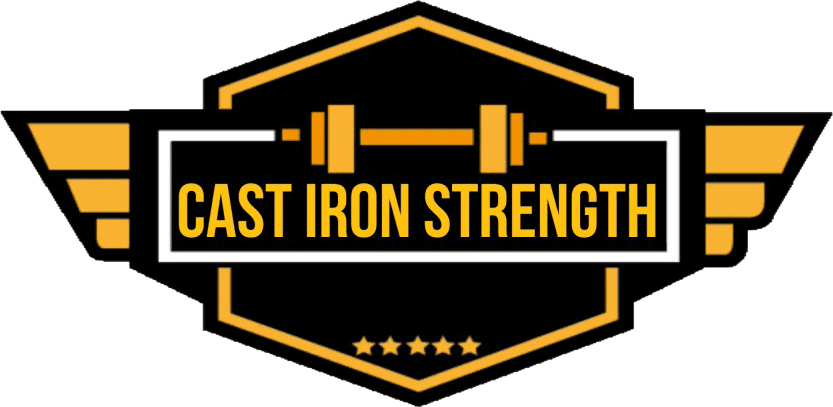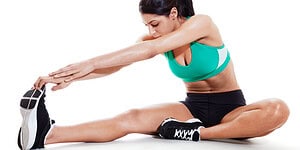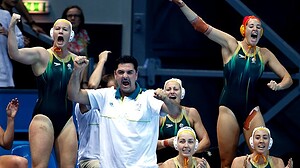TL;DR
- Dynamic stretching nullifys the negative effect of static stretching in the same warm up.
- 1 in 4 soccer players might need to work on their hamstring strength.
- Strength and power training makes you stronger and more powerful.
- Isometric squatting is a reliable measure of squat 1RM strength.
- Strongman training and traditional training have similar outcomes on performance measures in rugby union athletes.
Does dynamic stretching reverse the effects of static stretching on muscular performance?
- 21 female hand ball players performed 3 warm ups – static stretching only, dynamic stretching only and a combined warm up.
- After this they had their medicine ball throw for distance and hand ball throwing speed assessed.
- Static stretching only negatively affected the medicine ball throw difference and when dynamic stretching was included then the negative effect was nullified. No condition had an effect on throwing velocity.
TL;DR – if you want to work on your flexibility prior to a session and don’t want to negatively affect your acute performance introduce a dynamic element prior to the session.
Hamstring strength imbalance in professional Australian soccer players.
- 42 professional players where assessed for bi-lateral quadriceps and hamstring peak torques (concentric and eccentric.)
- 10 players showed a hamstring strength imbalance.
- Players with a strength imbalance showed lower peak torques for the hamstrings at all velocities. They also showed reduced peak quadriceps eccentric torque in their stance leg.
- Authors supposed these imbalances might represent a decrease in performance and an increased chance of injury.
TL;DR – around 1 in 4 professional soccer players might need to address their hamstring strength…. (acording to a cross section of 44 players),
- 21 players took part in the study and they were randomly assigned into one of two groups – control or strength and power (2x per week training for 16 weeks).
- At base line 1 RM Squat, 20m sprint swim, in water boost, countermovment jump height and throwing speed where measured.
- The 16 week programmes consisted of Squat, Split squat, loaded and unloaded jump training.
- Control group didn’t manage any improvements where strength and power group managed and increase in in water boost (+12%), Counter movement jump (+8.66%), Squat (+20.99%) and Throwing speed (+6.86%).
TL;DR – strength and power training makes you stronger and more powerful.
The use of isometric squat as a measure of squatting strength.
- 17 males took part in the study, they performed squats 2x per week for 12 weeks.
- They were tested on 1RM squat, 1RM partial squat, isometric squat at 90 degrees of knee flexion and 120 degrees of knee flexion.
- 90 and 120 degrees isometric squats peak force showed a strong correlation to 1RM squat (r=.86) and 1RM partial squat (r=0.79).
- Rate of force development in the isometric squat showed a weak correlation.
TL;DR – Isometric squats at 90 and 120 degrees show a strong co-relationship to 1RM squat and could be used as a reliable measure of strength.
Strongman training vs traditional training and it’s effect on muscular performance.
- Claiming to be the first study to look at the effects of strongman performance vs traditional strength training.
- 30 rugby players where split into 2 groups of 15. One took part in a 7 week strongman programme and the other group took part in a 7 week traditional programme.
- Exercises where chosen that were bio-mechanically similar and similarly loaded.
- Both groups improved all measures (body composition, strength, power, speed and change of direction).
- No significant differences where found between groups.
- Strongman showed small increases in body composition, acceleration and bent over row when compared to traditional training.
- Traditional training showed a small to moderate improvement in squat, deadlift, horizontal jump, change of direction and sled push performance when compared to strongman.
TL;DR – Strongman and traditional training seem to produce similar performance outcomes in rugby players.




